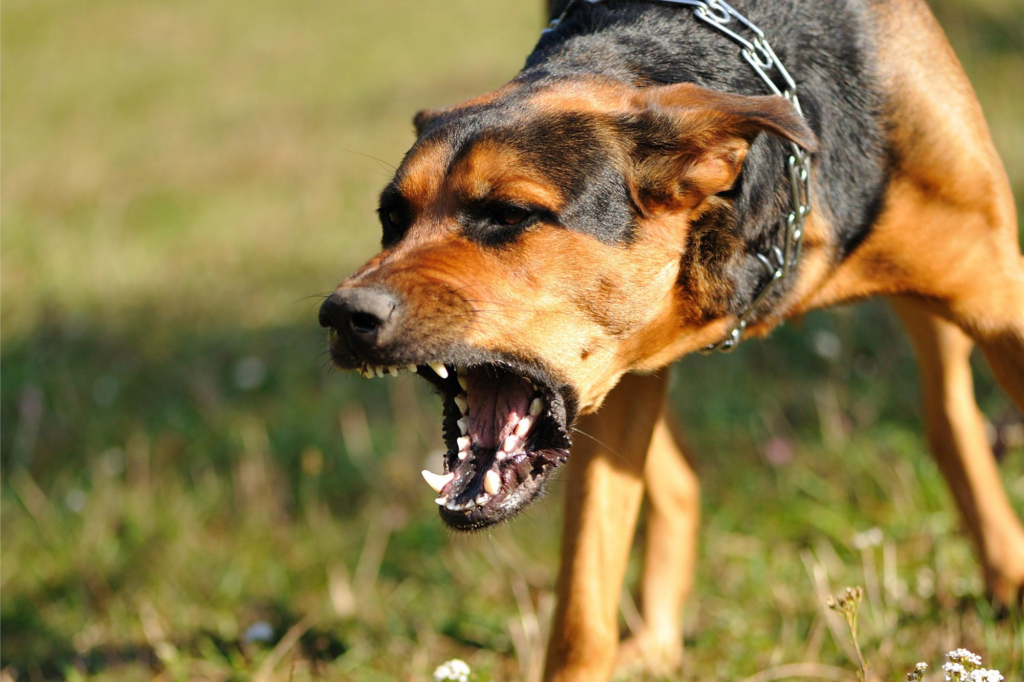By
Researchers analyzed data from eight US cities, from 2009 to 2018, which included 69,525 dog bite incidents, noticing that incidents rose by eleven percent on days with higher UV levels, four percent on hotter days, and three percent on days with elevated ozone levels.
A recent study suggests dog bites may increase by up to 11% on warmer, sunnier days, and those with high air pollution. The ten-year data showed increases with higher UV, temperature, and ozone levels, but decreased slightly on rainy days. However, as the data lacked key contextual factors, further research is needed to validate these findings.
Dog bites may occur more frequently — by up to eleven percent — on days with hotter, sunnier weather, and when air pollution levels are higher, suggests a paper published today (June 15) in the journal Scientific Reports. However, the authors caution that more data and further research is needed to confirm these findings.
Previous research has documented that hotter weather and higher levels of air pollution can be associated with increased aggression in humans, Rhesus monkeys, rats, and mice. However, it is unclear whether dog aggression against humans also follows this trend.
Clas Linnman and colleagues examined data on dog bites in eight US cities — Dallas, Houston, Baltimore, Baton Rouge, Chicago, Louisville, Los Angeles, and New York City — between 2009 and 2018. The data was either drawn from publicly available repositories recorded by animal control authorities or based on previous dog bite compilations. This included 69,525 reported dog bites, an average of three bites per day over ten years. The authors examined the association between dog bite rates and daily levels of fine particulate matter (PM2.5), ozone, and temperature. They also assessed UV and precipitation levels.
The authors report that dog bite incidence increased by eleven percent on days with higher UV levels, by four percent on days with higher temperatures, and by three percent on days with increased levels of ozone. In contrast, dog bite incidence slightly decreased (by one percent) on days with higher levels of rainfall. The authors reported no changes to dog bite incidence on days with higher levels of PM2.5.
The authors caution that the dog bite records did not include information about other factors that can affect an individual dog’s risk of biting, such as dog breed, sex, or whether the dog had been neutered or spayed. Additionally, no information about prior interactions between the dog and the bite victim, such as whether the individual was familiar with the dog, were available.
The authors conclude that these findings appear to expand the association between higher temperatures and levels of air pollution and aggression across species to include dogs. However, further research is needed to confirm and explore this relationship.
Reference: “The risk of being bitten by a dog is higher on hot, sunny, and smoggy days” 15 June 2023, Scientific Reports.
DOI: 10.1038/s41598-023-35115-6
Earth
Earth
Earth
Earth
Biology
Earth
Earth
Science
I agree with this point!!
Yeah sure blame the dog, most humans don’t deserve them!
Email address is optional. If provided, your email will not be published or shared.
SciTechDaily: Home of the best science and technology news since 1998. Keep up with the latest scitech news via email or social media. > Subscribe Free to Email Digest
May 9, 2024
According to researchers at the University of Cambridge, artificial intelligence that allows users to hold text and voice conversations with lost loved ones runs the…
May 9, 2024
May 9, 2024
May 9, 2024
May 8, 2024
May 8, 2024
May 8, 2024
May 8, 2024
Copyright © 1998 – 2024 SciTechDaily. All Rights Reserved.

